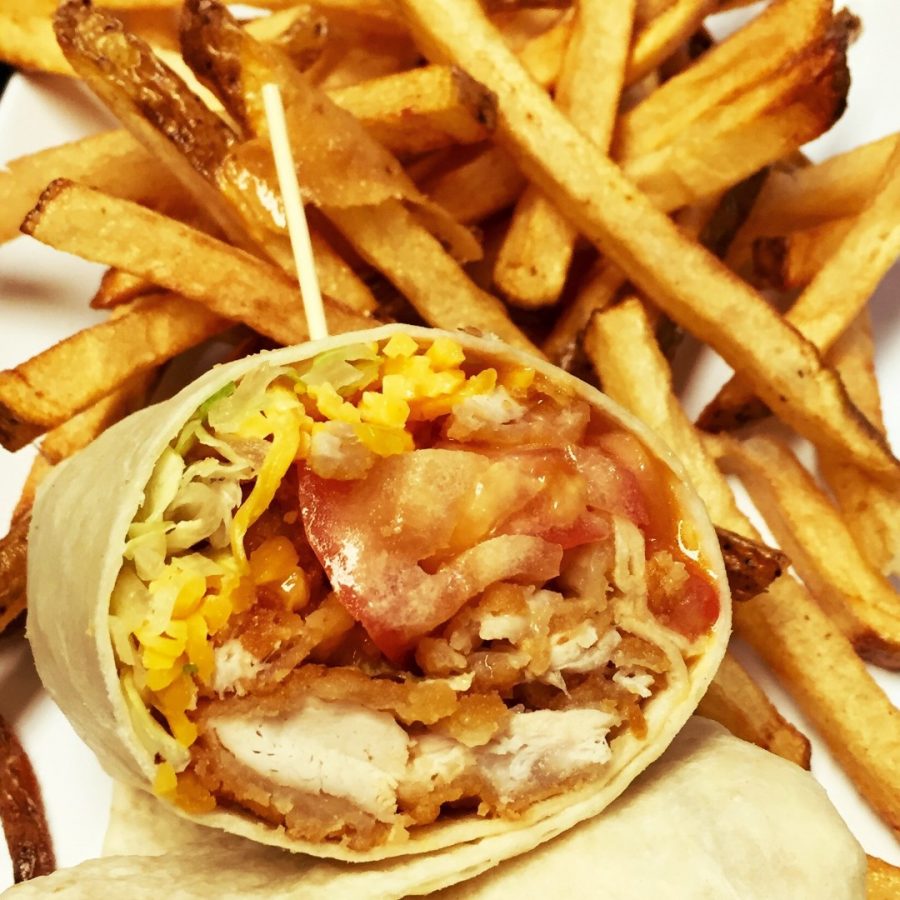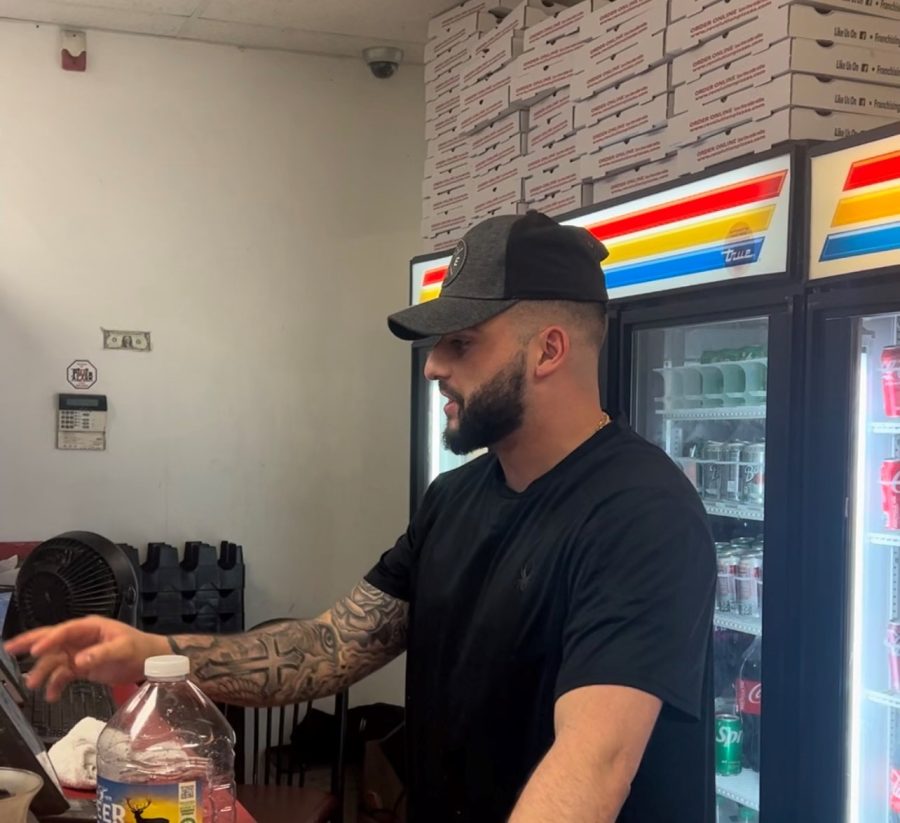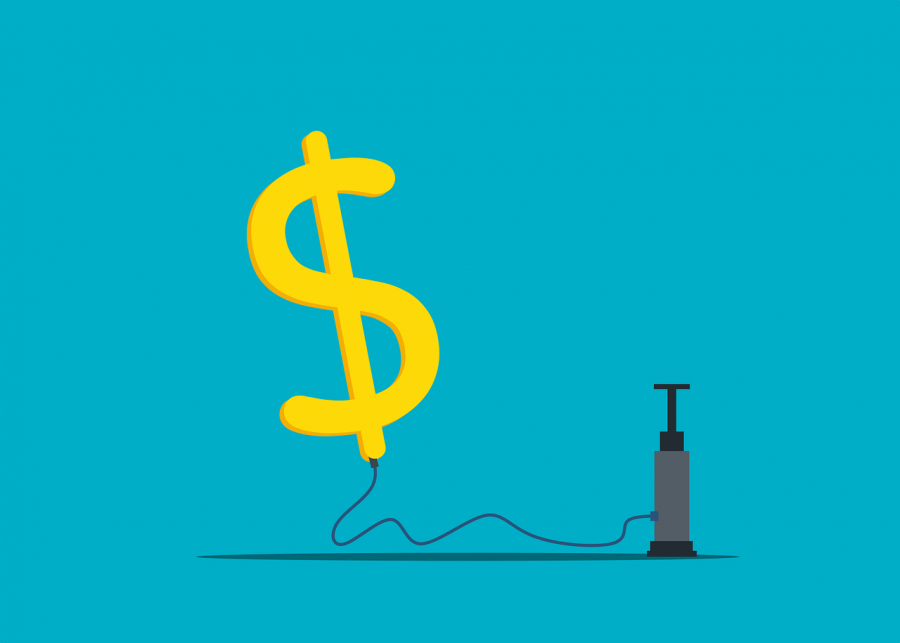Americans struggle to pay for inflated commodities
According to CNN, American inflation rates are the highest since 1990. “Consumer prices remain too high,” said President Biden last week. ” The American people, in the midst of this economic crisis, the recovery is showing strong results but not to them. They’re still looking out there, everything from a gallon of gas to a loaf of bread costs more and it’s worrisome, even though wages are going up.”
November 17, 2021
Covid-19 has led to inflated costs of everyday commodities in America, as the residual effects of the pandemic continue to affect American wallets.
The most obvious increase has been the price of gas, which just hit a seven-year high. Tyler O’Neil from Fox Business wrote, “The U.S. Energy Information Administration reported a national average cost of $3.272 per gallon in Sept, 2021, the highest price since Sept. 2014, when gas cost $3.484 per gallon on average.”
However, it’s not just gas prices, as all energy prices including electricity have skyrocketed in the last few months. O’Neil wrote, “Prices have increased 0.4% month over month in 2021. Energy prices overall climbed 1.3% in September, reaching a point 24.8% higher than last year.”
As the winter weather moves in and people use their furnaces, people’s heating bills are also likely to be higher. Talmon Smith of New York Times Business wrote, “This season, heating costs could rise to levels not seen for a decade, even if there isn’t a severe winter.”
Clothing, which is yet another essential commodity especially come winter time, has also boomed in prices. Megan Leohardt of Fortune wrote, ”There has been some pent-up demand for going-out clothing, as well, so the price of dresses has increased 11.9%, while men are paying 4.7% more for suits and sportcoats.”
Since the restart of the American economy after the pandemic, manufacturing is trying to catch up to skyrocketing demand, which had resulted in skyrocketing prices. A prime example of this is the microchips found in automobiles, as Laurie Budgar from Reader Digest wrote, “When COVID-19 first appeared, the factories that manufacture microchips shut down while orders piled up. Those factories are still struggling to meet demand as the prices of automobiles steadily rise.”
Even the Ford Motor Company, who led the United States in automobile sales in 2020, is feeling the effects of the pandemic. Budgar wrote, ”As a result, Ford, General Motors, and other manufacturers will roll out 1.5 million to 5 million fewer vehicles this year, and those that are available will cost 7.6% more than they did at this time a year ago.”
Costs have also increased in grocery aisles. Leohardt reported, “The latest consumer price index shows the cost of meats, poultry, fish, and eggs has risen 10.5% in the past year. That’s 17.6% for beef alone to be precise.”
In the paper products aisles, toilet paper and paper towels have also been expensive if they’re in stock. Christie Smythe from The Business of Business wrote, “Toilet paper prices are way up…the average price for TP is up about $1.50, or 16%, from where it was in July at Walgreens stores.”
To address the inflation crisis, President Joe Biden said his administration is working to make items more affordable for Americans. He said, “Inflation hurts Americans’ pocketbooks…reversing this trend is a top priority for me.”






















































